Discover How to Use a Reverse Mortgage to Purchase Your Next Home
Equal Housing Lender


Licensed by Department of Business Oversight under California Residential Mortgage Lending Act
© 2024 — City First Mortgage Services

Today, we're exploring an innovative way to utilize a reverse mortgage, one that not many are aware of but could be a game-changer for your retirement planning: using a reverse mortgage to purchase a home. This strategy can open up new possibilities for your retirement, allowing you to relocate or downsize while optimizing your financial resources.
1. What is a Reverse Mortgage for Purchase?
A Reverse Mortgage for Purchase, also known as a Home Equity Conversion Mortgage (HECM) for Purchase, allows individuals aged 62 and older to buy a new primary residence using loan proceeds from a reverse mortgage. This unique financial tool combines a home purchase with the benefits of a reverse mortgage in a single transaction.
2. How Does It Work?
When you use a reverse mortgage to purchase a home, you'll need to provide a down payment, which is typically a portion of the purchase price. The reverse mortgage loan will cover the remaining cost. Just like a traditional reverse mortgage, there are no monthly mortgage payments required.
3. Who Can Benefit from This?
This option is ideal for retirees looking to relocate closer to family, downsize to a more manageable home, or move into a dream retirement location. It's also beneficial for those who wish to preserve their liquid assets by not tying up all their funds in a home purchase.
4. What Types of Properties Are Eligible?
Eligible properties include single-family homes, FHA-approved condominiums, and townhouses. The new home must be your primary residence, and you must move in within 60 days of closing.
5. What Are the Benefits?
-
Preserve Savings: By using a reverse mortgage for purchase, you can keep more of your savings intact, providing a cushion for other retirement expenses.
-
No Monthly Mortgage Payments: While you'll still be responsible for property taxes, insurance, and maintenance, eliminating monthly mortgage payments can significantly improve your cash flow.
-
Right-Sizing: This option can be perfect for finding a home that better suits your current needs without depleting your financial resources.
-
6. How Does the Down Payment Work?
The down payment typically comes from the sale of your previous home, savings, or other assets. It's usually larger than a traditional mortgage down payment but results in no monthly mortgage payments afterward.
7. Are There Any Costs Involved?
As with any mortgage, there are closing costs and fees associated with a reverse mortgage for purchase. These can often be rolled into the loan to minimize out-of-pocket expenses.
8. How Can I Get Started?
The first step is to speak with a reverse mortgage specialist who can provide detailed information and guide you through the process. You'll also need to meet with a HUD-approved counselor to ensure you understand all aspects of the loan.
9. Can I Sell My Home in the Future?
Yes, you can sell your home at any time. The loan will be repaid from the sale proceeds, and any remaining equity belongs to you or your heirs.
10. How Does This Affect My Heirs?
Your heirs will handle the reverse mortgage the same way they would with a traditional reverse mortgage. They can choose to repay the loan and keep the home, sell the home to repay the loan, or hand the keys to the lender if the home's value doesn't cover the loan balance.

Read More:







